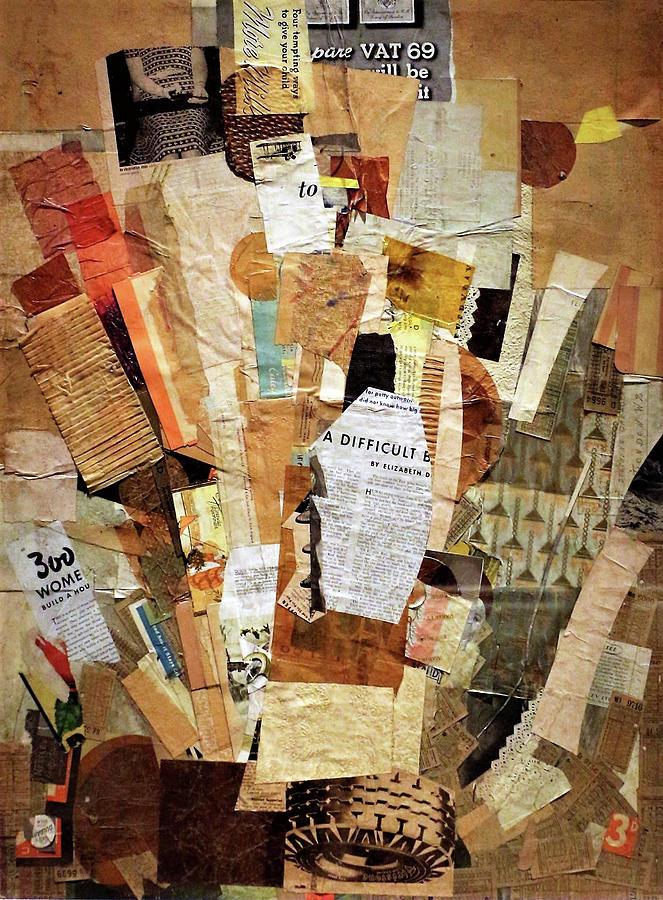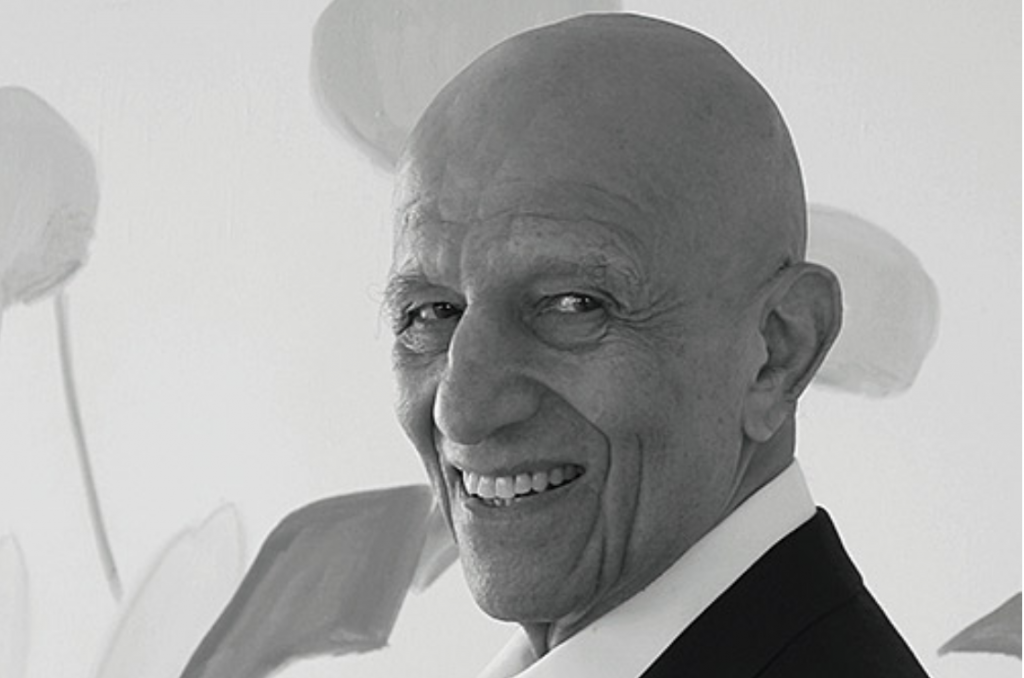
The African popular culture is a product of everyday life. It is non-canonical and largely informal, but its uniqueness and dynamism make it distinct and special. Here are a few methods to find out more. Read on to learn about Highlife music, Griot music, and Djely mousso.
Documentaries about African dance
Documentaries on African dancing are a great way of learning more about the dances from Africa. These films often explore the history, culture, and origins of African dances. Some films explore dances from Africa in different settings. One documentary tells of a Swahili dance festival. Another documentary focuses on the life and work of a Sierra Leonean dancer.
Highlife Music
Highlife music originated from West Africa and is now a very popular form of African music. It started in the cities and spread to the country after World War II. It was mostly played by guitar bands at that time. E.K. is one of the most well-known solo artists and bands. Nyame recorded over 400 highlife records.

Griot music
Griot music is a form of African traditional music. It is a form of popular music that is played using a traditional instrument (often a Harp). The music is rhythmic and performed by groups. In the 1960s, experimentation with popular music began. During this time, acoustic and electric ensembles started incorporating folk rhythms and traditional instrumentation. Koo Nimo of Ghana and Francis Bebey of Cameroons are two examples. ToumaniDiabata, a Mali musician has produced music that mixes western instruments with griot instruments.
Djely mousso
Djely Mousso is an important musical form in many African countries, particularly Guinea and Mali. The music is rooted on the tradition and culture of the indigenous griot families. The song is particularly popular among urban Flytaal youth.
Musicals
African pop culture musicals are a big business on the continent. Fela’s Republic & the Kalakuta Queens - a musical about the legendary Fela and the band he formed - is the top-selling musical in Africa. This production was shown in Lagos, Cairo, Pretoria, and elsewhere on the continent.
Masks
The many uses of masks in African popular cultures are numerous. While they are usually made of wood, some masks can also be made from lighter stones like steatite. They can also made from metals like aluminum, while some are painted. Others are colored or infused with natural pigments. These can be decorated with ornaments like straw for the brows and animal hair for the beard.

Stories
Stories of African Popular Culture examines the contradictions and complexity of African popular culture. The diverse topics covered in this volume range from popular literature to the oral tradition to dance, film, and music. Popular culture in Africa is both global and local, and can include both native and imported elements.
FAQ
Why is pop music popular?
Pop music is very popular because it's fun! Pop music makes you happy and gives you a sense of freedom. Pop music is a popular choice and people can think about whatever they want. They don't have worry about what people think. Pop music is a hugely popular genre. People enjoy listening to music that makes them feel good. You can turn the radio on if you feel down. You might even find yourself singing along. Pop music has been immensely successful over the years.
What is popular culture in the world of music?
Popular Music Culture is a constantly-changing phenomenon that comes in many forms.
Popular music culture can be defined by its use certain types of music (e.g. rock, jazz) or lyrics. It also encompasses the influence of visual media, such as film, television, fashion, advertising, etc., on artists' careers and public perception.
It's also the way that fans interact with their favorite musicians.
The rise of superstars - musicians who have made a name for themselves - is one aspect of popular music culture.
These stars often transcend genres, becoming cultural icons and influencing the evolution of popular music.
Other elements of popular culture in music include:
* The rise recording technology – from acoustic instruments up to electric guitarists and microphones.
* The inventions and use of the radio and record player;
* The birth and rise of rock & roll.
* The introduction of TV and film;
* The advent MTV and VH1
* The creation or the Internet.
What is Tik Tok pop culture like?
Yes, it is! It's not just for teenagers anymore. These videos can be used by anyone to express their feelings, share life moments, and show support.
Every day, the app is used by over 200,000,000 people worldwide. Every day, this number increases by millions.
TikTok offers brands a unique opportunity to connect with consumers and establish meaningful relationships.
TikTok is also home many influencers, who have built large followings on the platform. These creators produce original content that engages people around the world.
Don't wait! Here are four methods to capitalize on this trend.
-
Make viral content
-
Engage Influencers
-
Use Visuals Effectively
-
Creativity with Your Audience
What can pop culture teach us about ourselves?
Our society today values material things over everything else. This is especially true for younger people. They spend hours per day looking at screens. They surf the internet, watch movies, and play video games. They lose focus of school work because they are constantly distracted by these distractions. This causes them to fail classes.
Everyone wants to fit in. That means being popular. Popularity depends on having money, clothes, and other possessions. This leads some people to do things that aren't right.
We are too dependent upon technology. All information is available to us thanks to technology. However, not all information is accurate. False rumors are all over the Internet. These rumors quickly spread because people share them through social media. It's easy for people to post things without checking if they are true.
People have lost the ability of thinking critically. They trust everything they read online. They believe what they read in magazines or on TV. They stop thinking for their own sake. Instead, they follow others.
When we rely on others to tell us what's happening, we lose control over our lives. Pop culture teaches that we should depend on other people. It also makes us lazy. We don't always see the truth, but it is there.
What are the best examples of pop-culture today?
Pop Culture is the art of the 21st Century. It encompasses all forms of popular entertainment, from music, film, TV, video games, fashion, advertising, comics, etc. Author Neil Postman coined the term in his book Amusing Ourselves To Death (1985). Pop was a method of mass communication using cheap tricks and formulaic techniques to create an illusion that spontaneity and uniqueness.
He said that people don't experience true joy because they are conditioned to look for media experiences that make them feel better than others. He also said that this kind of cultural expression contributed to the decline of critical thinking skills in young adults.
Pop culture can also refer to popular culture and consumerism.
How did pop culture develop?
Technology was the driver behind the growth of popular culture. It developed with the rise of mobile technology. The invention of the radio enabled mass communication. This led to the rise of television which then gave birth to the internet.
People started using computers at home and were exposed to computer games. These games were played with consoles such the Sony Playstation 3 and Nintendo Wii. They are now becoming available for free online. Consequently, many young people play video games instead of watching TV.
Video games are extremely popular with teenagers and kids. You can play alone or with other people via the internet. Games like Call Of Duty and Grand Theft Auto are extremely violent. Some parents are worried about their children playing these video games. Some people find it thrilling to see what happens when a character is killed.
Music videos are another way in which pop culture influences youth. They offer information on current celebrities and trends. They are loved by young people. There's no doubt about it: music plays a big part in our lives!
Music videos are often made by artists who add special effects to their songs. Rappers may use makeup and wigs to make themselves more appealing. To show off their bodies, some musicians are willing to put themselves through extreme physical hardships. Many singers are able to sing while wearing costumes.
You have so many choices in music today. You can listen to anything you want. However, this isn’t always good news. Music can sometimes encourage violence. People can get upset when they hear certain lyrics or words. Sometimes, they even commit criminal acts.
50 Cent is a recent example of this. He sang Get Rich Or Die Trying. It contains the line "I'm gonna shoot a momfucker down / Although I don't understand why but I might." People thought this meant that he would commit suicide. He was threatened by a man who called him. 50 Cent then changed the lyrics. It now only says: "I will shoot a bitch/ I don’t understand why but I just might."
Popular culture is essential. It's important that we understand how it affects and impacts us. If we don’t know how it affects our lives, we won’t have the ability to protect ourselves from its negative consequences.
What examples are there of pop culture in 2021
Two hijacked planes crashed into the Twin Towers of New York City's World Trade Center on September 11, 2001. This day would become known as 9/11.
These events have had a profound impact on popular culture, and they continue to have an influence today. We can see the many ways that this event has influenced us.
This includes television programs like 24 and movies like United 93 that tell the story the what happened during the flight between Boston and Los Angeles on 9/11. Dexter Filkins' book The Forever War is also included.
We all remember where we were when we first heard about the attacks. Some people jumped out of their beds and went outside. Others read newspapers or watched TV.
Pop culture changes each year. It is both a reflection of society, and it can also be a source for inspiration. What will the future look like for popular culture? We can't tell yet. We do know it will be better than it was before.
Statistics
- In 1987, US films captured 56% of the European film market. (socialsci.libretexts.org)
- According to Kathryn Sorrells (2013, pp. 142-144), there are several ways that we can become informed consumers of popular culture. (socialsci.libretexts.org)
- [17][18][19]Definition[edit]According to author John Storey, there are various definitions of popular culture. (en.wikipedia.org)
- According to CNBC.com, “more than 70% of the film's revenue came from countries outside the US” (https://www.cnbc.com/2019/01/08/aqua...nal-sales.html, ret. 8/18/19). (socialsci.libretexts.org)
- According to Dictionary.com, popular culture, or low culture as it is sometimes referred to is comprised of the “cultural activities or commercial products reflecting, suited to, or aimed at the tastes of the general masses of people” (7/21/19). (socialsci.libretexts.org)
External Links
How To
What are some of the most famous pop culture references you can think of?
In the 1960s, Americans were obsessed with space travel. Star Trek was at the time the most watched TV show.
From 1966-1969, the original series aired at NBC. The series starred William Shatner playing Captain Kirk, Leonard Nimoy portraying Mr. Spock and DeForest Kelley portraying Dr. McCoy. James Doohan played Scotty. Majel Barrett Roddenberry was Uhura. Nichelle Nichols was Lieutenant Nyota Uhura. Walter Koenig was Pavel Chekov. Grace Lee Whitney was Yeoman Janice Rand. (Wikipedia)
In 1967, the premiere of the first feature film based upon the series took place. Paramount Pictures released it under the title "Star Trek." Robert Wise directed this movie. The cast included William Shatner. Leonard Nimoy. DeForest Kelley. James Doohan. Walter Koenig. Majel Barrett. Roland Nichelle Nichols. George Takei. Grace Lee Whitney. (Wikipedia)
In 1968, the second season of the television series began airing. This season was about the crew going back to 1969. (Wikipedia)
The third season of the television series was broadcast in 1971. This season introduced Commander Richard A. Morn, a new character. He was a Starfleet Officer who was born in 2063 on Earth. (Wikipedia)
There was also a live-action spinoff, "Star Trek: Planet of the Apes" during this time. It aired between 1972-74. (Wikipedia)
The TV series' fourth season debuted on television in 1973. This season introduced Lt. Ilia (the new character) and Ensign Ro Laren. Marina Sirtis was the one who played them both. (Wikipedia)
In 1975, the fifth season of the television series premiered. This was the last season that aired before the franchise went into hiatus. (Wikipedia)
After the series was cancelled, many attempts were made to revive them. One of those was the 1977 pilot episode, "Where No Man Has Gone Before," that failed to find a network partner or studio partner. (Wikipedia)
Star Trek: New Voyages also aired as an animated series in 1998. It lasted just 13 episodes. (Wikipedia).
The sixth season of the television series was returned to TV in 2009 after a seven year hiatus. It was entitled "Enterprise". It aired five seasons up to 2013. (Wikipedia)
This era also saw the production of three feature films. The first one was released in 1979. It was known as "Star Trek: The Motion Picture." Nicholas Meyer directed the film. The film starred William Shatner, James Doohan, Leonard Nimoy, Walter Koenig, George Takei, Majel Barrett Roddy, and Ricardo Montalban. (Wikipedia)
The next two movies were made in 1982 and 1987. They were titled "Star Trek II: The Wrath of Khan" (or "Star Trek III): The Search For Spock. Nicholas Meyer directed both these movies. (Wikipedia)
In 2001, the seventh season of the television series aired. It was titled "Encounter at Farpoint". It was the first episode in the show's history that did not include any guest stars. (Wikipedia)
In 2005, the final episode of the series aired. It was called "All Good Things ...".". It was written and directed by Ronald D. Moore. It was directed by David Livingston. (Wikipedia.)
A brand new Star Trek TV series premiered in 2008 It was called "Trek Nation". It's currently being broadcast on CBS. (Wikipedia). The story of "Trek Nation", a group of people coming from different walks of society, who form their own United Federation of Planets. Their goal: to help other worlds reach peace. (Wikipedia). "Trek Nation" is an interesting concept that shows how people from different backgrounds can come together to create something great. (YouTube Video)
It's worth reading books on Star Trek's timeline. Start with Gary Wolfe's book Star Trek Chronology. You can find many more books online.